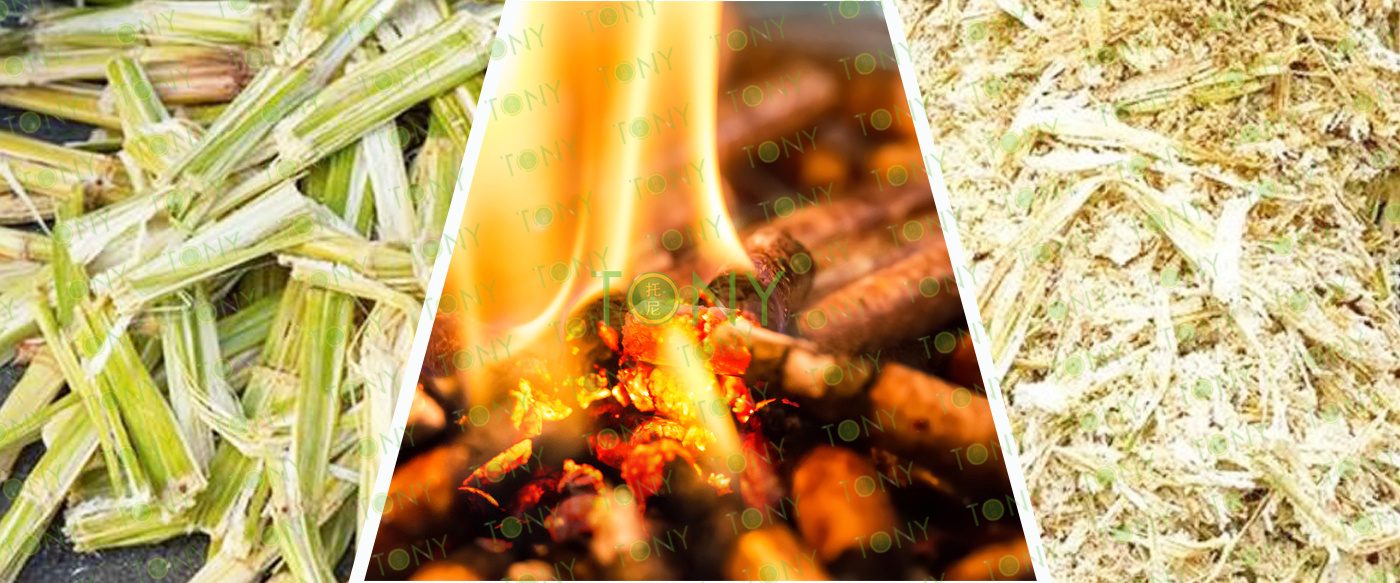As a key form of biomass energy, biomass pellets not only achieve efficient conversion of agricultural and forestry waste but also tap into the inherent potential of biomass energy through multiple dimensions, including energy substitution, environmental benefits, and industrial chain extension. They have become a key link between "green resources" and "sustainable development."
1. Energy Substitution: A Green Option to Fill the Fossil Fuel Gap
Biomass pellets are made from agricultural and forestry waste such as straw, sawdust, and rice husks. They are crushed, dried, and formed into pellets. Their calorific value can reach 4,000-5,000 kcal/kg, approaching that of medium-quality coal. In industrial boilers, home heating, and power generation, they can directly replace fossil fuels such as coal and natural gas, achieving a combustion efficiency exceeding 85% (far exceeding the 30%-40% of scattered biomass combustion).
This stable energy property transforms previously dispersed, low-value biomass resources into scalable "green coal," effectively alleviating the imbalance between energy supply and demand. II. Environmental Value: A Low-Carbon Closed Loop Throughout the Entire Lifecycle

2.The environmental value of biomass pellets is reflected in their carbon-neutral nature throughout their entire lifecycle:
Production: Raw materials are derived from agricultural and forestry waste, resulting in low energy consumption during processing (energy consumption during the molding stage is only 5%-10% of its calorific value), and no wastewater or residue is emitted.
Combustion: Compared to coal, combustion emits virtually no sulfur dioxide, and nitrogen oxides are only one-fifth of coal. Carbon dioxide emissions can be recycled and absorbed through plant photosynthesis, achieving "zero net emissions."
Waste Disposal: Ashes from combustion are rich in potassium, calcium, and other elements and can be returned to the fields as organic fertilizer, forming a closed loop of "planting - processing - energy - return to the fields."
This "taking from nature, returning to nature" approach makes biomass pellets a key tool for addressing climate change and achieving the "dual carbon" goals.
In summary, the value of biomass pellets lies not only in "transforming waste into energy" but also in creating a sustainable model that balances energy security, environmental benefits, and economic development. It transforms biomass energy from a "dispersed resource" into a "controllable asset", making it an indispensable "green puzzle" in the global energy transformation.





















